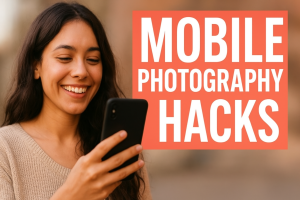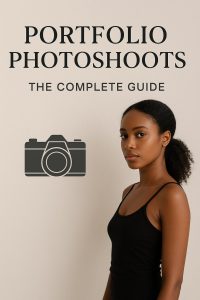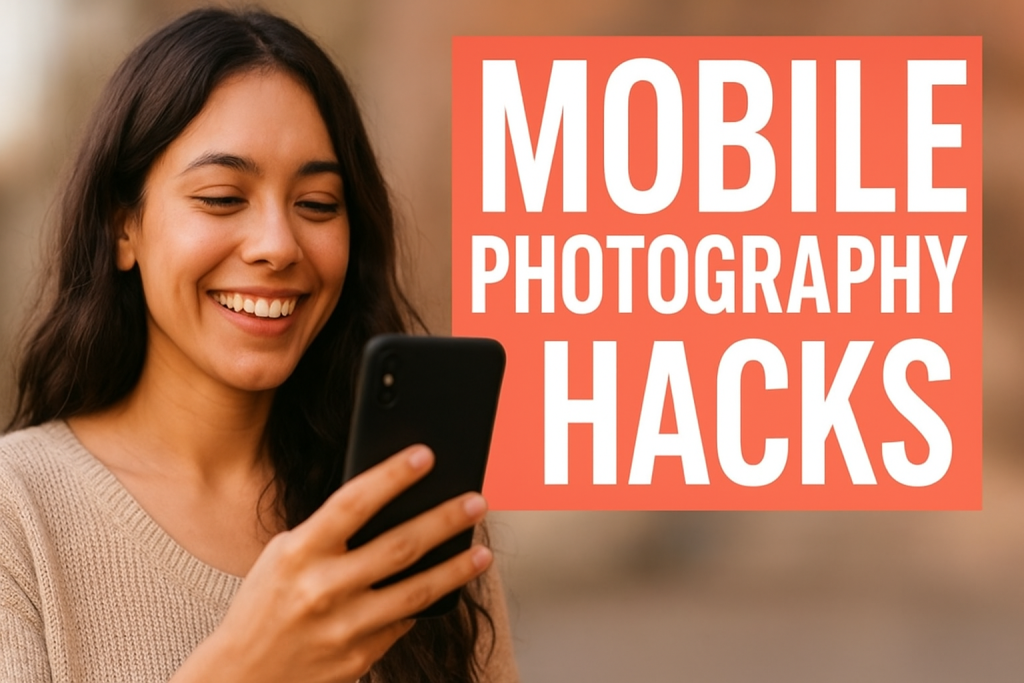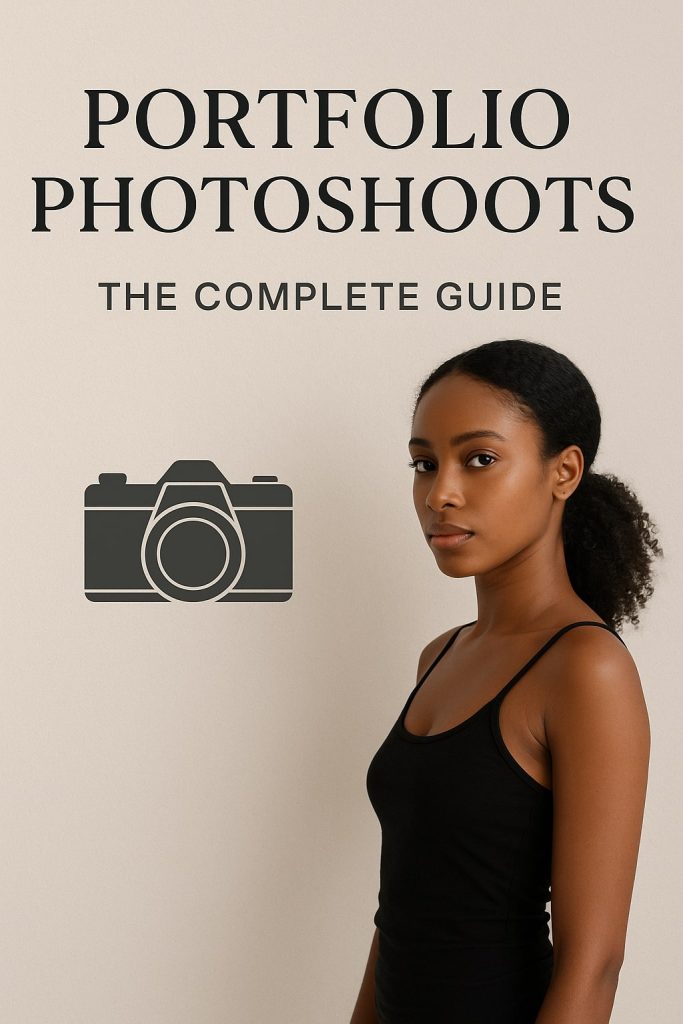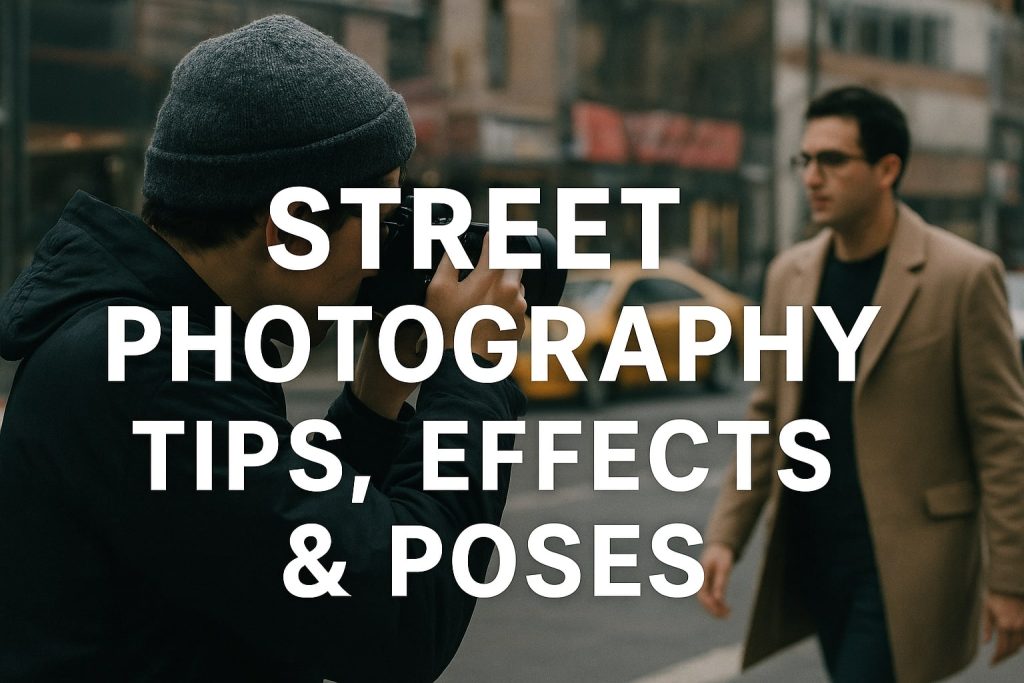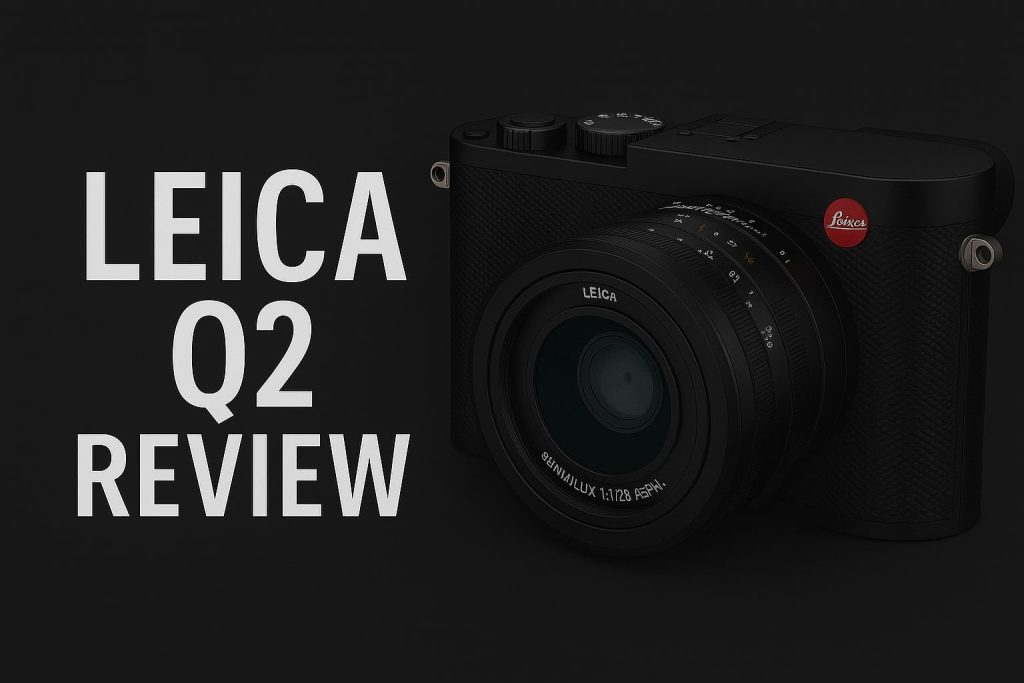Product photography plays a crucial role in attracting potential buyers. In a saturated online marketplace, standing out requires more than just a well-lit product shot. Props add depth, enhance storytelling, and build a visual identity that connects with customers. But how do you choose the right props? How do you avoid distractions while maintaining brand consistency? This guide explores the importance of props in product photography and how to use them effectively to create compelling, high-quality images.
Why Props Matter in Product Photography
1. Enhancing Visual Appeal
A well-placed prop can transform a simple product shot into a stunning visual. Props add contrast, texture, and depth, making the image more engaging and professional.
2. Creating a Brand Identity
Using props that align with your brand’s style helps create a cohesive look. Whether it’s minimalistic, rustic, or vibrant, props reinforce branding across all marketing channels.
3. Storytelling and Emotional Connection
Props help illustrate how a product fits into a lifestyle. A cozy coffee mug on a wooden table with an open book suggests relaxation. Customers envision themselves using the product, increasing purchase intent.
4. Differentiation from Competitors
With thousands of similar products available, props help create a unique aesthetic that makes your product stand out. A carefully styled shoot communicates quality and professionalism.
Choosing the Right Props
Selecting the right props depends on your brand, target audience, and product type. Here’s how to choose wisely:
1. Keep It Relevant
The best props complement the product without overshadowing it. A skincare brand might use natural elements like leaves or stones to highlight organic ingredients.
2. Match the Color Scheme
Props should align with your brand’s color palette. Consistency in colors maintains aesthetic appeal and prevents distractions.
3. Consider Textures and Materials
Different materials create contrast and depth. A sleek, modern watch pairs well with a marble surface, while a handmade soap looks great on a rustic wooden tray.
4. Stay Minimalistic
Overloading an image with too many props can be distracting. Stick to 2-3 carefully chosen elements to maintain focus on the product.
Types of Props to Use in Product Photography
1. Background Props
These create context and setting. Examples include wooden boards, textured fabrics, and styled walls.
2. Handheld Elements
Human interaction makes product photos more relatable. Hands holding a perfume bottle or a cup of coffee add a dynamic feel.
3. Lifestyle Accessories
Using items like candles, plants, or books sets the mood and enhances storytelling.
4. Thematic Elements
These props reinforce seasonal promotions. For example, pumpkins for fall campaigns or snowflakes for winter themes.
Setting Up a Styled Shoot with Props
1. Plan Your Composition
Sketch out different layouts before shooting. The rule of thirds helps create balanced and visually pleasing images.
2. Test Lighting and Shadows
Props can cast unwanted shadows. Adjust lighting angles to highlight the product without overpowering it.
3. Experiment with Angles
Shoot from multiple perspectives to find the best composition. Flat lays work well for cosmetics, while 45-degree angles add depth to jewelry shots.
4. Maintain Consistency
Consistency across all images is key. Use similar backgrounds, lighting, and props to create a recognizable brand style.
Common Mistakes to Avoid
1. Overpowering the Product
The product should always remain the focal point. Avoid props that draw attention away from it.
2. Clashing Colors and Textures
A cluttered image confuses the viewer. Stick to a cohesive color scheme and avoid too many textures competing for attention.
3. Using Generic or Overused Props
Props should be unique and align with your brand. Avoid cliché elements that don’t add originality.
4. Ignoring Negative Space
Empty space around the product helps balance the composition. Overloading the frame creates a chaotic image.
Best Practices for E-Commerce Product Photography with Props
1. Test Different Setups
Before finalizing a shoot, experiment with different props and placements to find the most effective setup.
2. Keep the Customer in Mind
Consider what would appeal to your target audience. Lifestyle shots with relevant props help consumers relate to the product.
3. Maintain High Image Quality
Blurry or low-resolution images damage credibility. Use professional cameras or high-quality smartphone lenses.
4. Optimize for Different Platforms
Ensure that product images fit marketplace guidelines. Amazon, Etsy, and Shopify have different requirements for backgrounds and image sizes.
Final Thoughts
Using props in product photography requires balance. The right elements enhance branding, create emotional connections, and elevate the overall quality of your images. By following best practices, avoiding common mistakes, and maintaining consistency, you can craft visually stunning product photos that drive conversions.
Want to learn more about product photography techniques? Subscribe to The Candid Shoot for expert insights and tutorials!
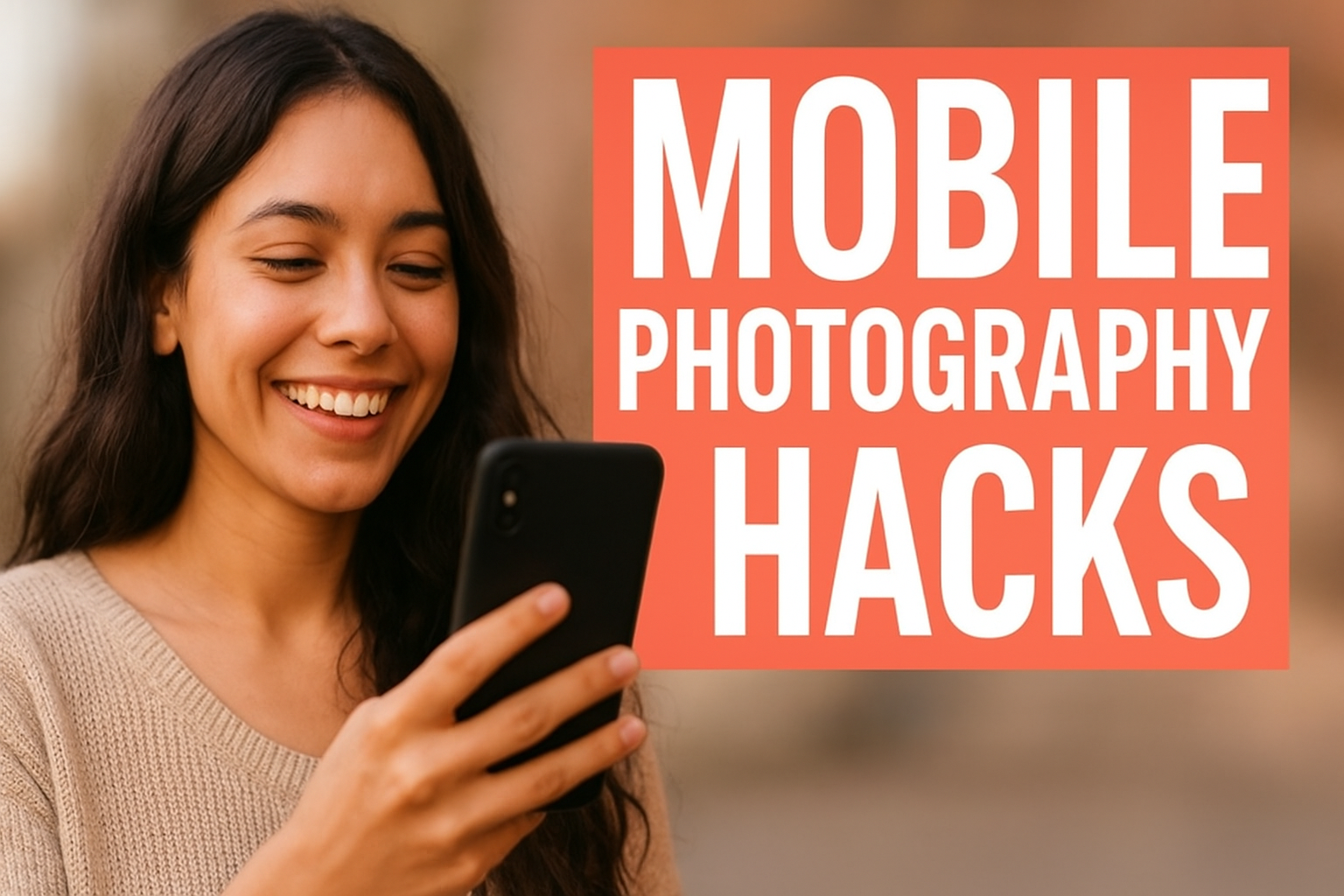
Mobile Photography Hacks: Candid Moments with Your Phone
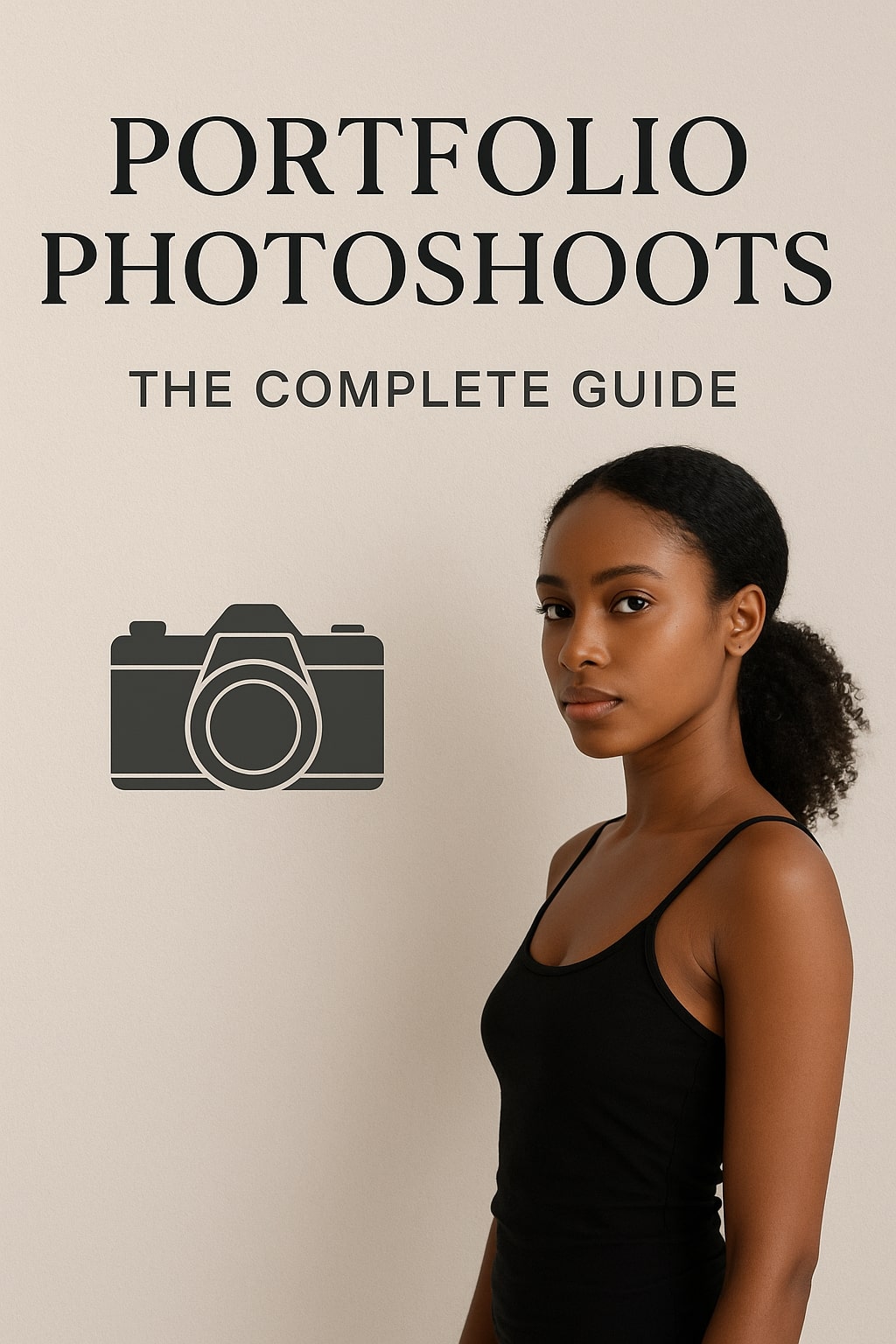
Professional Model & Portfolio Photoshoots: Show Your Best Work
-
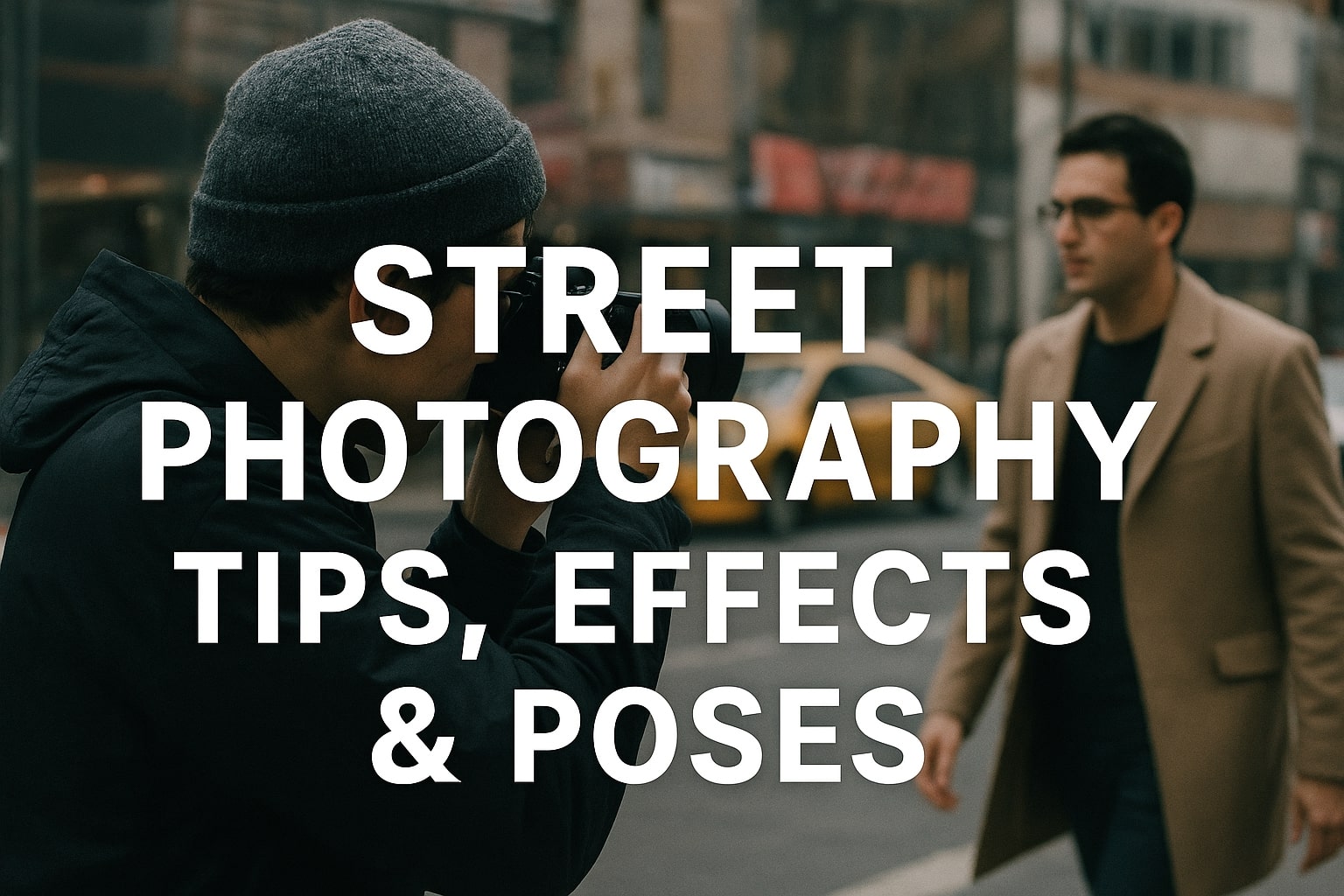
Street Photography Tips, Effects & Poses – Complete Guide
-
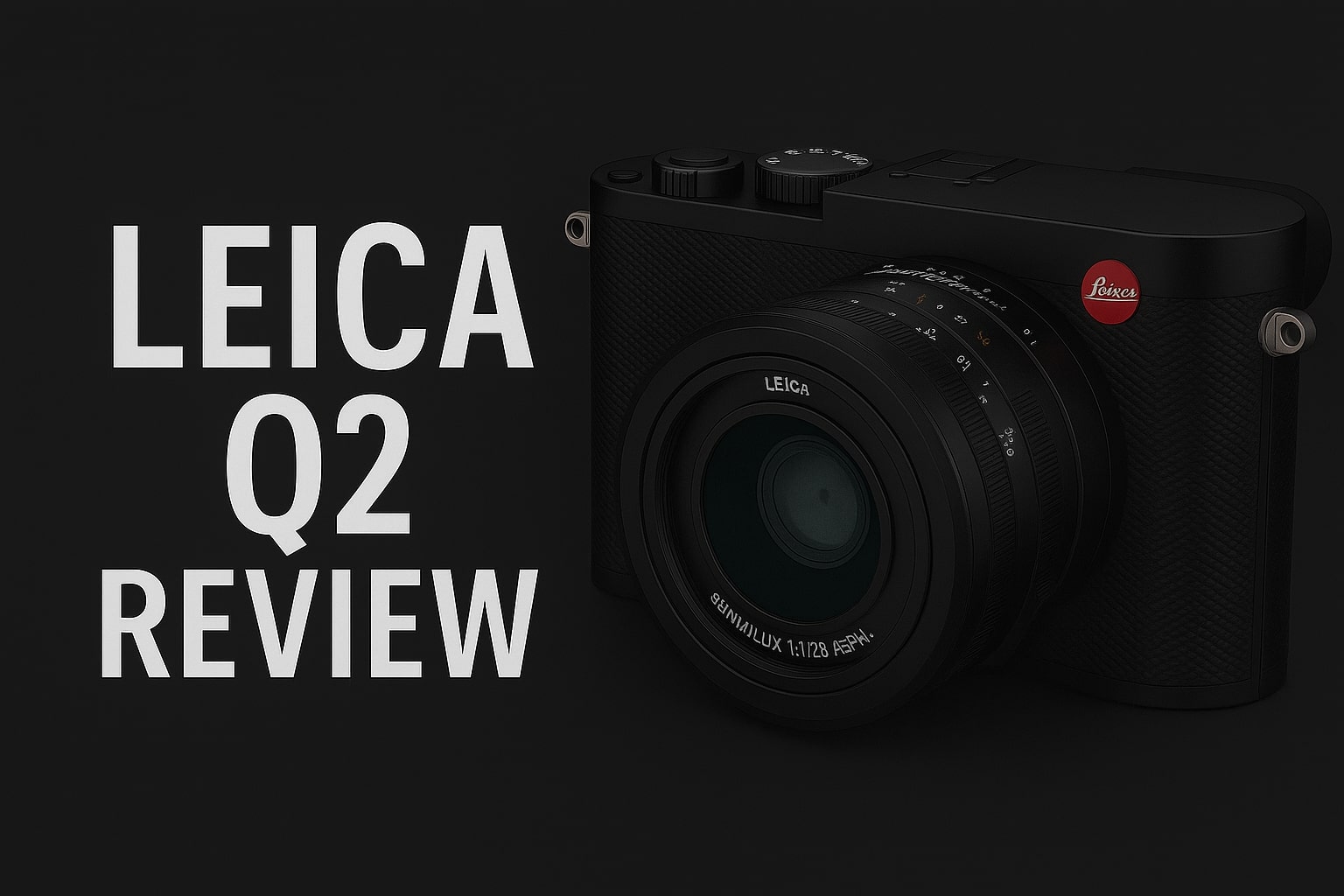
Leica Q2 for Photography: Why It’s Loved by Photographers
Mobile Photography Hacks: Candid Moments with Your Phone
Discover high-impact mobile photography hacks to capture genuine, gorgeous candid moments with your phone. Learn practical tips, composition secrets, and pro techniques to turn everyday scenes into stunning visual stories. Introduction: The New Age of Mobile Photography Photography has evolved beyond heavy cameras, technical jargon, and expensive equipment. Today, the power to capture extraordinary moments
Professional Model & Portfolio Photoshoots: Show Your Best Work
” Discover how to plan, style, and execute stunning portfolio photoshoots that showcase your skills, personality, and versatility. This comprehensive guide covers professional tips, posing ideas, gear suggestions, and industry insights for models and photographers.” Introduction – Why Portfolio Photoshoots Are the Cornerstone of a Photographer’s Career A well-crafted portfolio photoshoot is more than a
Street Photography Tips, Effects & Poses – Complete Guide
Discover the ultimate guide to Street Photography with expert tips, creative effects, and dynamic poses. Learn how to capture authentic urban moments, master composition, and tell powerful visual stories through your lens. Article Outline 1. Introduction to Street Photography Street Photography is more than just taking pictures of people in public spaces — it’s about
Leica Q2 for Photography: Why It’s Loved by Photographers
Introduction: The Cult Status of the Leica Q2 The Leica Q2 is not just a camera—it’s a statement. Combining the heritage of German precision engineering with modern digital excellence, it holds a special place in the hearts of professional and passionate photographers alike. With its full-frame sensor, prime Summilux lens, and minimalist design, the Q2
Top Cameras Under ₹1 Lakh for Freelance Photography
Freelance photography is no longer a niche—it’s a booming creative profession that demands not only vision and hustle but also the right gear. Your camera isn’t just a tool; it’s your storytelling partner. If you’re a freelance photographer aiming to balance performance, versatility, and budget, investing in a cameras under ₹1 lakh can offer the
Top Features of Nikon D850 That Make It Ideal for Photoshoots
Explore the top features of the Nikon D850 that make it a powerhouse for photoshoots. From exceptional resolution to dynamic range, this detailed Nikon D850 guide is built for professional and aspiring photographers. 1. Introduction When Nikon launched the D850, it quickly earned a reputation as a flagship DSLR that redefined what photographers could expect

